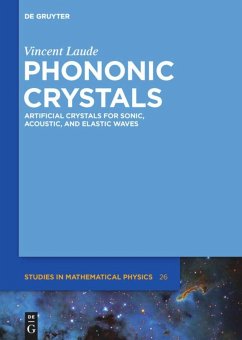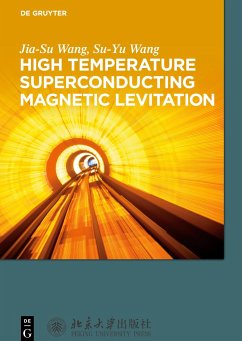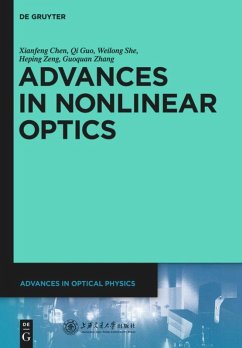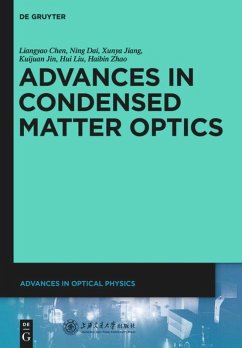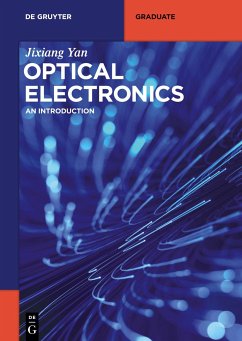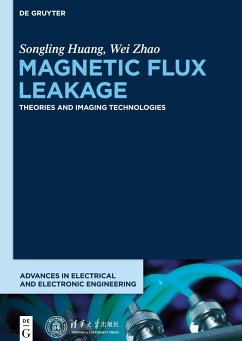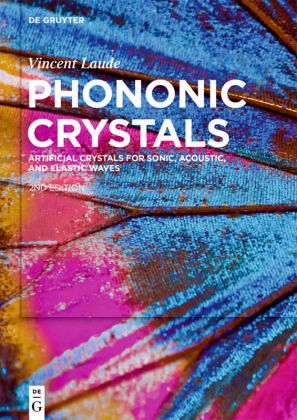
Phononic Crystals
Artificial Crystals for Sonic, Acoustic, and Elastic Waves
Versandkostenfrei!
Versandfertig in 1-2 Wochen
132,99 €
inkl. MwSt.
Weitere Ausgaben:

PAYBACK Punkte
66 °P sammeln!
The book provides a comprehensive presentation of the topic of phononic and sonic crystals, including acoustic and elastic wave propagation in homogeneous and periodic media, Bloch waves and band structures, surface phononic crystals and phononic crystal slabs, evanescent Bloch waves and complex band structures, local resonance, dispersion and negative refraction, and phononic band gap guidance.The book is accompanied with a comprehensive set of finite element model (FEM) scripts for solving basic phononic crystal problems, as supplementary material. The scripts should allow the reader to gene...
The book provides a comprehensive presentation of the topic of phononic and sonic crystals, including acoustic and elastic wave propagation in homogeneous and periodic media, Bloch waves and band structures, surface phononic crystals and phononic crystal slabs, evanescent Bloch waves and complex band structures, local resonance, dispersion and negative refraction, and phononic band gap guidance.
The book is accompanied with a comprehensive set of finite element model (FEM) scripts for solving basic phononic crystal problems, as supplementary material. The scripts should allow the reader to generate band structures for 2D and 3D phononic crystals, to compute Bloch waves, waveguide and cavity modes, and more.
They can be accessed here: https://members.femto-st.fr/vincent-laude/freefem-scripts-numerical-simulation-phononic-crystals
The book is accompanied with a comprehensive set of finite element model (FEM) scripts for solving basic phononic crystal problems, as supplementary material. The scripts should allow the reader to generate band structures for 2D and 3D phononic crystals, to compute Bloch waves, waveguide and cavity modes, and more.
They can be accessed here: https://members.femto-st.fr/vincent-laude/freefem-scripts-numerical-simulation-phononic-crystals





